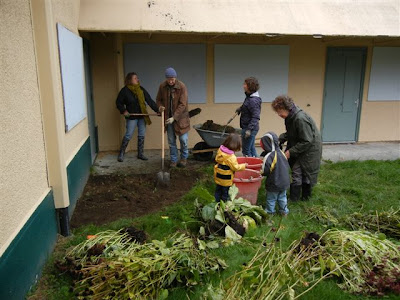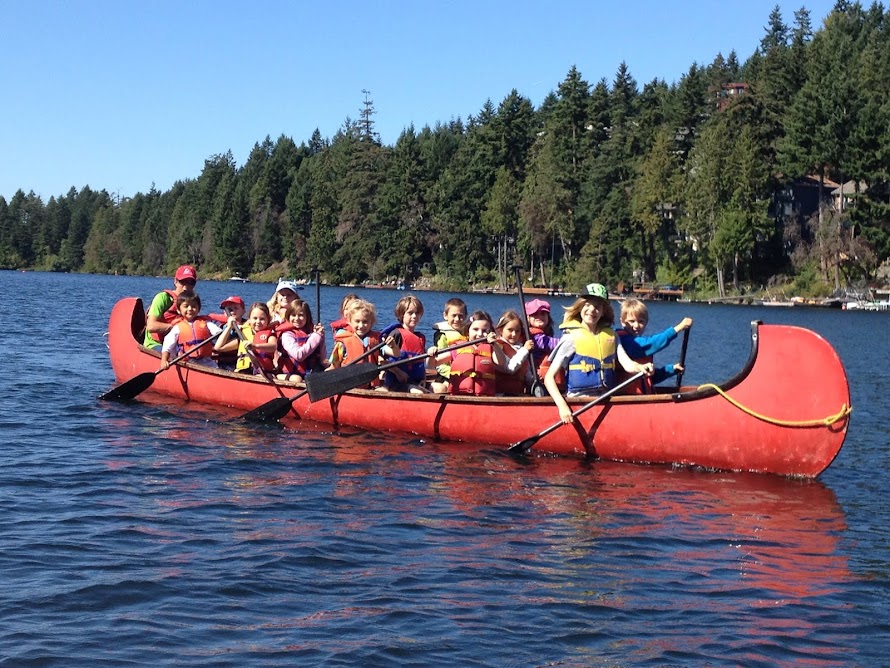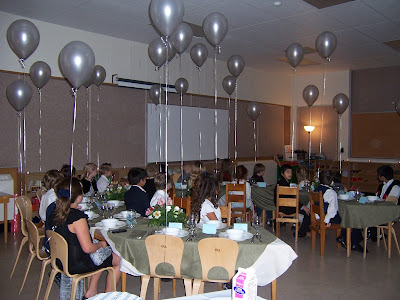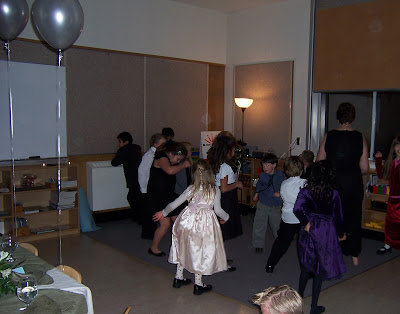There are several reasons why most Montessori schools follow the model created by the public school system. However, in order to answer the question accurately, one needs to know why the question is being asked. As I mentioned, this kind of question has been asked many times in many different ways.
The question might be asked out of concern that the same amount of tuition is paid for each month although one month may have fewer school days than another? In this case, its a very good question and one that I always try to cover in orientation meetings. Our tuition is actually a yearly fee. We've broken it down into monthly payments to make it more accessible for most families. This is why we don't have a daily or an hourly fee nor do we have drop in rates.

Perhaps the question is asked because parents don't understand the need for children to have breaks from academics. Just like adults, children need breaks from work. Taking periodic breaks has been proven to help children be more focused and ready for academics when they return to school.
Sometimes the question is asked out of the misguided belief that teachers go skiing over the break. Contrary to popular belief, most teachers work throughout their break time. This is even more true for Montessori teachers who are constantly creating, updating, and refurbishing their classroom materials. Skip over to this post and you'll get a glimpse of the kinds of things Montessori teachers do on their breaks.
Often, I am asked why Independent schools take time off for Professional development days. The name says it all. Our credentialing bodies require a certain amount of professional development per year in order to renew our teaching licenses. Most of our teachers hold credentials from both the Early Childhood Educator Registry (to teach the primary children) and from the Ministry of Education (to teach the Kindergarten aged children). This means that our teachers have to prove they've done more professional development than other teachers. Not only do we attend our own Montessori conferences and refresher courses, but we also attend workshops on speech development, childhood development, music and art, special needs, observation of children, best practises in math and language, etc. Very few of these courses are offered on weekends so we must take Pro D. days. With all that said, we take fewer Pro D days than public schools. We also don't take every second Friday afternoon off.
To close, I'd like to mention that this question is often asked because it is not understood that Montessori schools are not daycare programs. We are schools. Please don't misunderstand me - I am not denigrating daycare programs. I am just trying to point out that authentic Montessori programs are vastly different than other programs. Looking at Montessori programs through the daycare 'lens' does both programs a great disservice. There are many kinds of early childhood programs available to answer many different needs. The decision to place one's child in any program depends very much on a parent's values, needs, and understanding of the programs available.
Peace.



